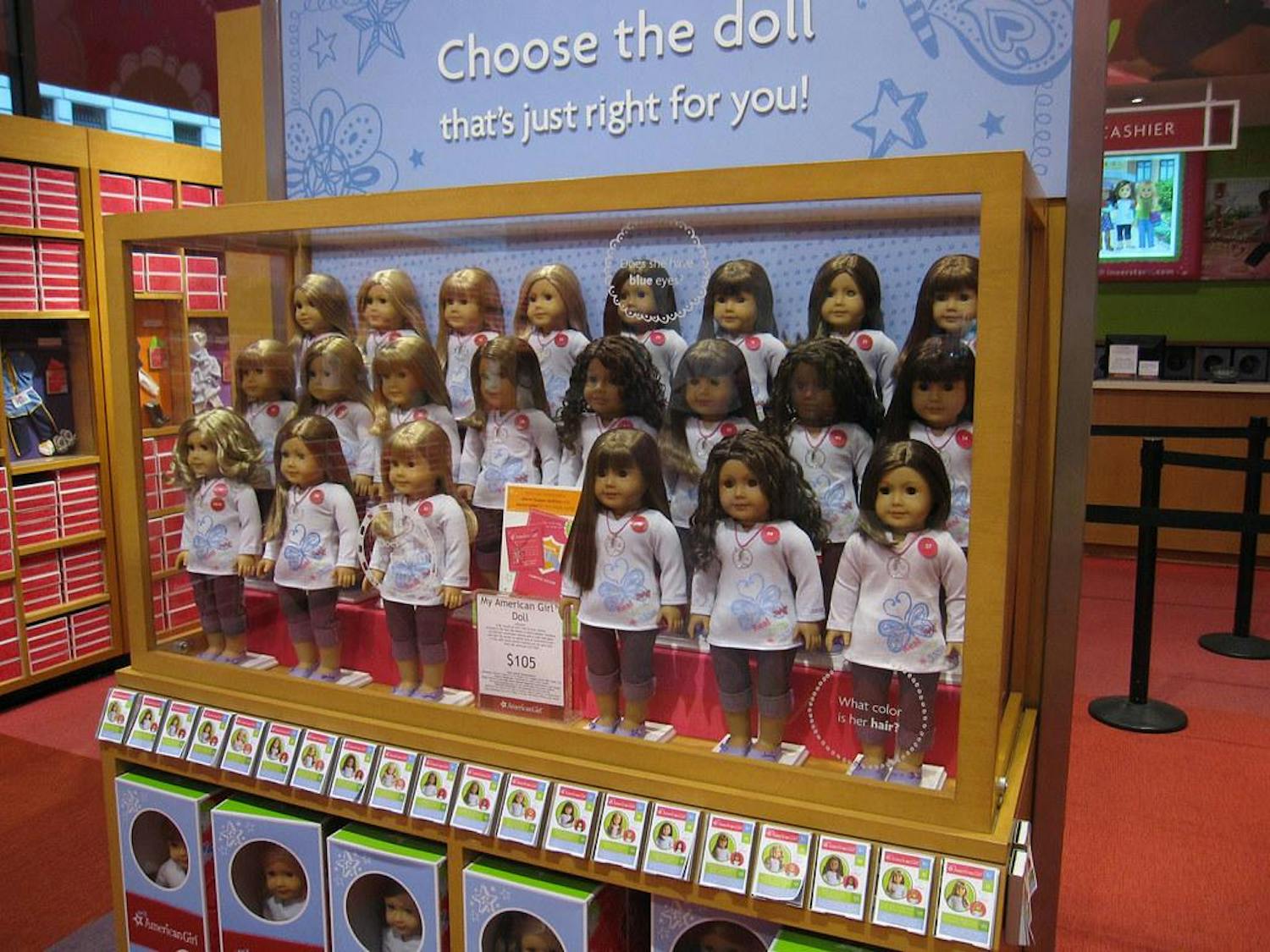Through Indigenous Eyes: Indigenous education
By Sorsha Khitikian | April 17On March 27, the Rapid City Area Schools district in South Dakota received a letter from the Trump administration’s Office of Civil Rights. Having concluded a 14-year investigation into school-based racial discrimination about a year ago, the district had finally agreed to provide equitable access to education for Indigenous students, who had disproportionately high disciplinary rates compared to their white peers. A civil rights agreement was settled, and an action plan was implemented to combat Indigenous discrimination. Now, President Donald Trump has nullified this agreement due to “DEI” and the district is no longer obliged to treat students equitably.








